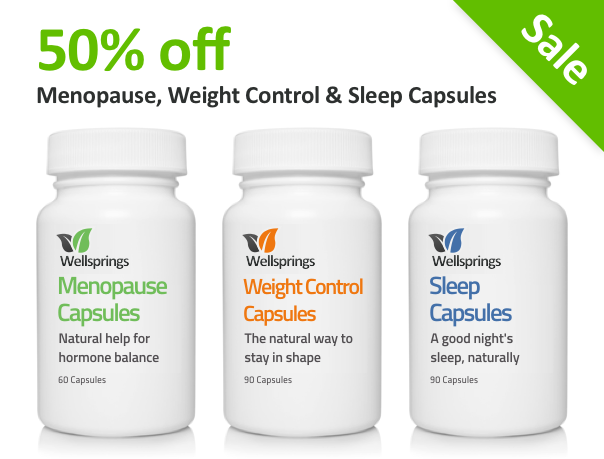8 Breast Cancer Myths & Facts
There is certainly plenty of information around about breast cancer, but it never hurts to remind ourselves of things that may be beliefs rather than facts.
There are some common statements that come up when women ask me about breast cancer and so I thought it might be useful to just check in on what is true, and what is not.
1. Antiperspirants can cause breast cancer
There have been concerns raised that Aluminium salts, the active ingredient in many antiperspirants and deodorants, could be related to an increased cancer risk. They found that prolonged exposure to the substance increased tumour growth in mouse breast tissue, which could then cause cancer to spread to other parts of the body.
However the research was carried out on mice at the University of Geneva, not humans, and has been disputed by other researchers. Check the ingredients if you wish to avoid any potential risk. that control sweat and associated body odour.
2. Most breast lumps aren’t cancer
This is certainly true so there is no need to panic if you find one on your chest. Many women have lumps caused by fluid-filled sacs called cysts or by a buildup of scar-like tissue.
A new lump or mass that is hard, painless, and has rough edges is more likely to be cancer.
Watch for breast pain, swelling, dimpling, nipples that hurt or leak liquid, or any redness or thickening of the skin. Always see your doctor if you notice anything different.
3. You need to worry about breast cancer only if it runs in your family.
This is the most common misconception and although your risk can be increased if you have breast cancer in your family — on your mother’s side or your father’s side — the reality is that anyone with breast tissue can get the disease, even men.
You’re also more likely to get it if you’ve had it before. Most women have some risk factors, but most don’t get the disease.
4. Not having children is higher risk
This theory was first seen in the 14th century when the disease was noted to be more common in nuns rather than in women with children.
This is to some extent true as women who have many children and get pregnant at a younger age have a lower risk. That may be because pregnancy reduces a woman’s total number of periods. Scientists think having more period-related hormones may raise the chances of getting breast cancer.
Also the high levels of progesterone released in pregnancy are protective against breast cancer and the excess oestrogen associated with it.
5. What’s the main risk factor for breast cancer?
There are quite a few answers to this, but the most obvious one is simply being a woman. Breast cancer is 100 times more common among women, although men can get it too.
Age is another factor as 2 out of 3 women with invasive breast cancer are 55 or older so the hormone shifts at menopause also play a part.
6. Which is the best way to find breast cancer early?
Most women do a regular breast exam to check for lumps or irregularities, but regular mammograms lower your chances of dying from the disease.
Regular screening is offered so don’t turn it down because you think you are fine, or not the right age or risk factor.
A mammogram can find cancer before you can feel it or have symptoms and certainly after the age of 45 regular screening is highly recommended.
A small point, when going for a mammogram some deodorants or antiperspirants have ingredients like aluminum that can show up on the X-ray image as white spots so don’t use it the day of an appointment.
7. What can you do to lower your risk?
Hormone balance is certainly key, as is reducing stress levels, but a surprising one is to take more exercise. Walking, swimming, biking, and other regular exercise seems to lower the chances of getting breast cancer by 10% to 20%.
Women who’ve gone through menopause benefit most from being active but a couple of hours of moderate exercise throughout the week is good for everyone.
8. Hormone products protect you from cancer
Certainly depends on what they are, as excess oestrogen (oestrogen dominance) is linked to a higher cancer risk so generally taking unopposed oestrogen is not recommended. Nor are the synthetic forms of progesterone found in HRT, Pill and Coil which are known as progestins.
Bioidentical progesterone protects from the effects of excess oestrogen and maintains healthy hormone balance so if you have some risk factors it can be helpful for that.

















